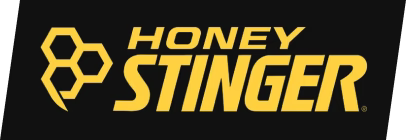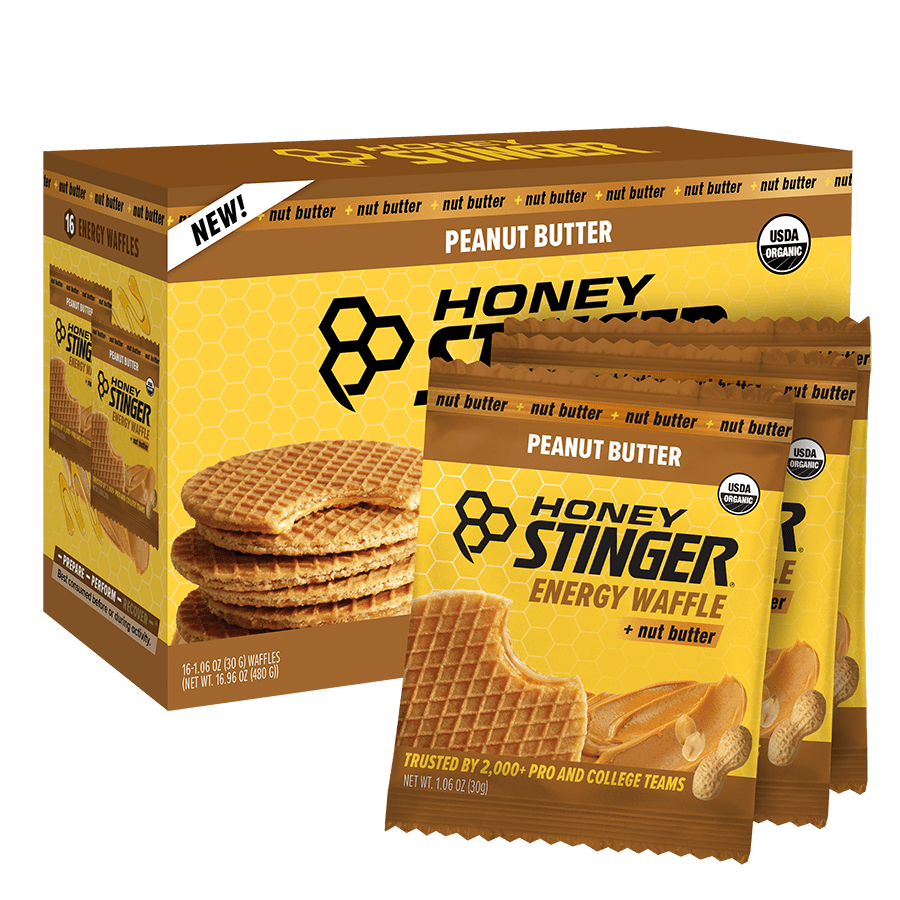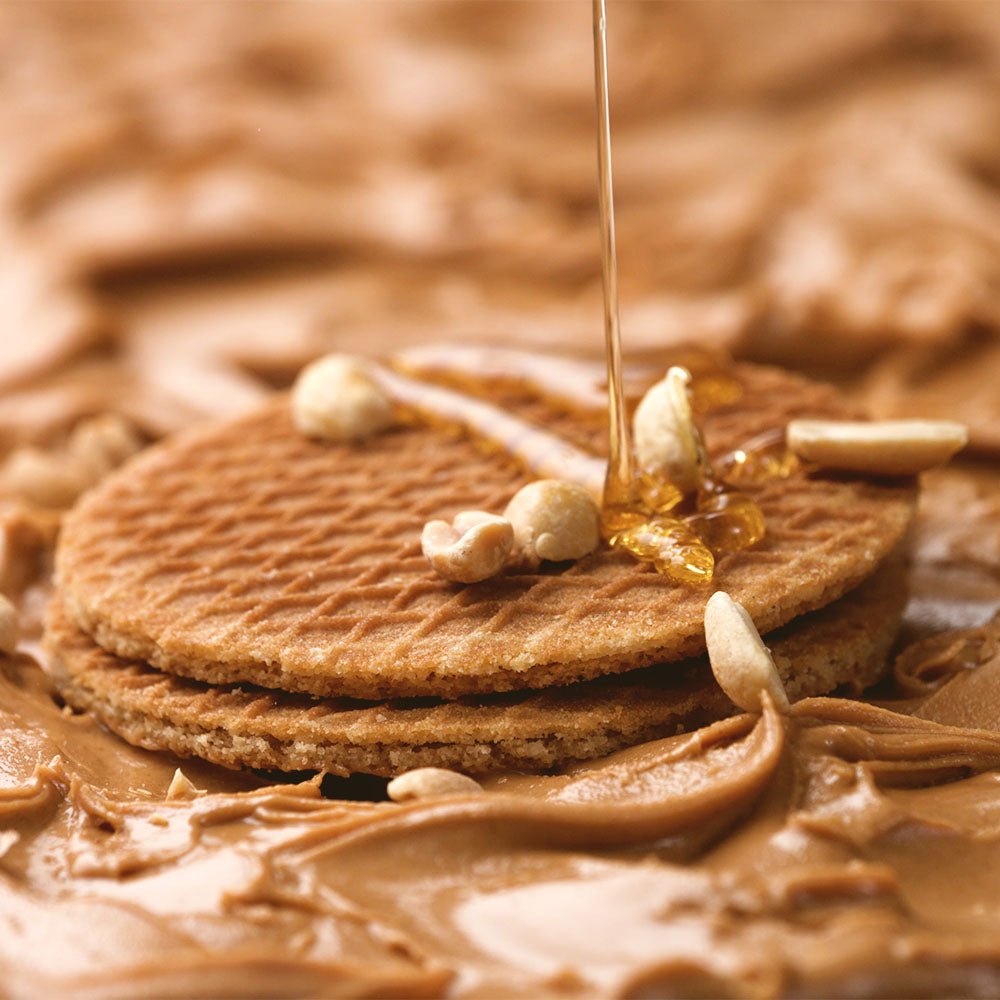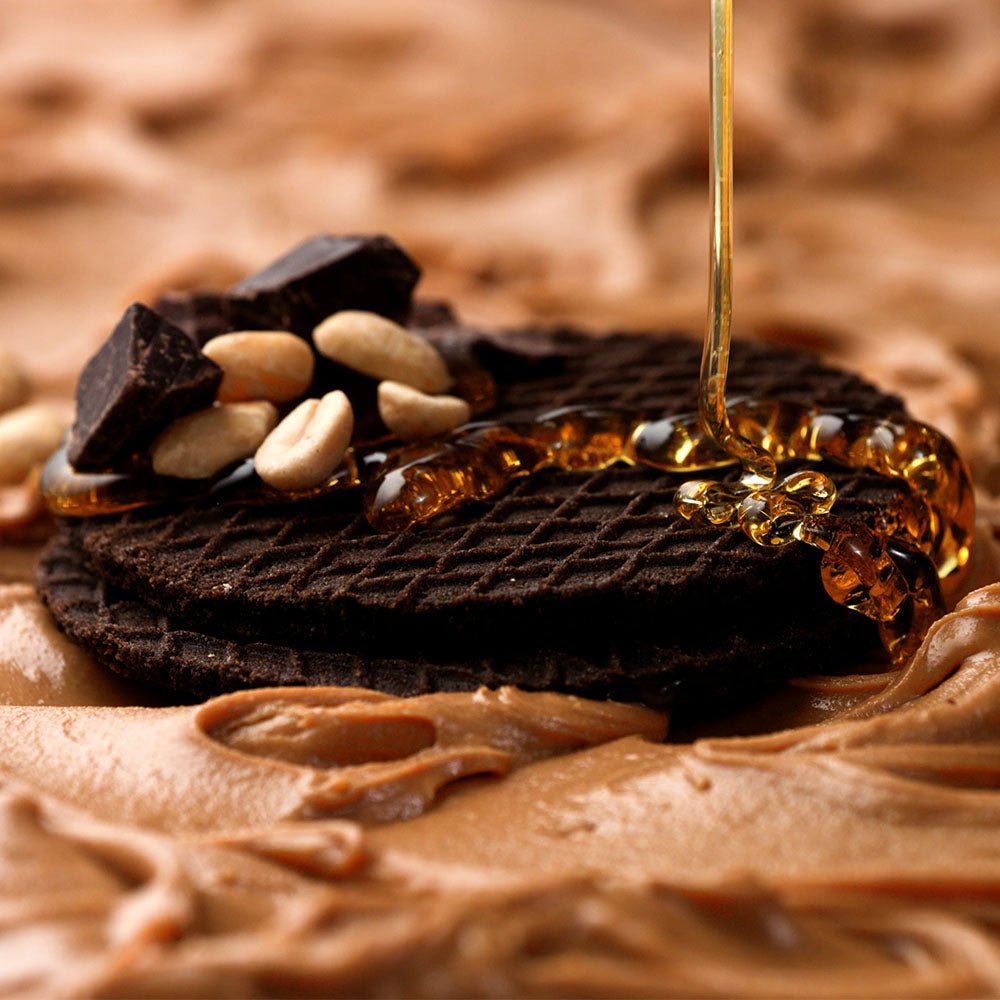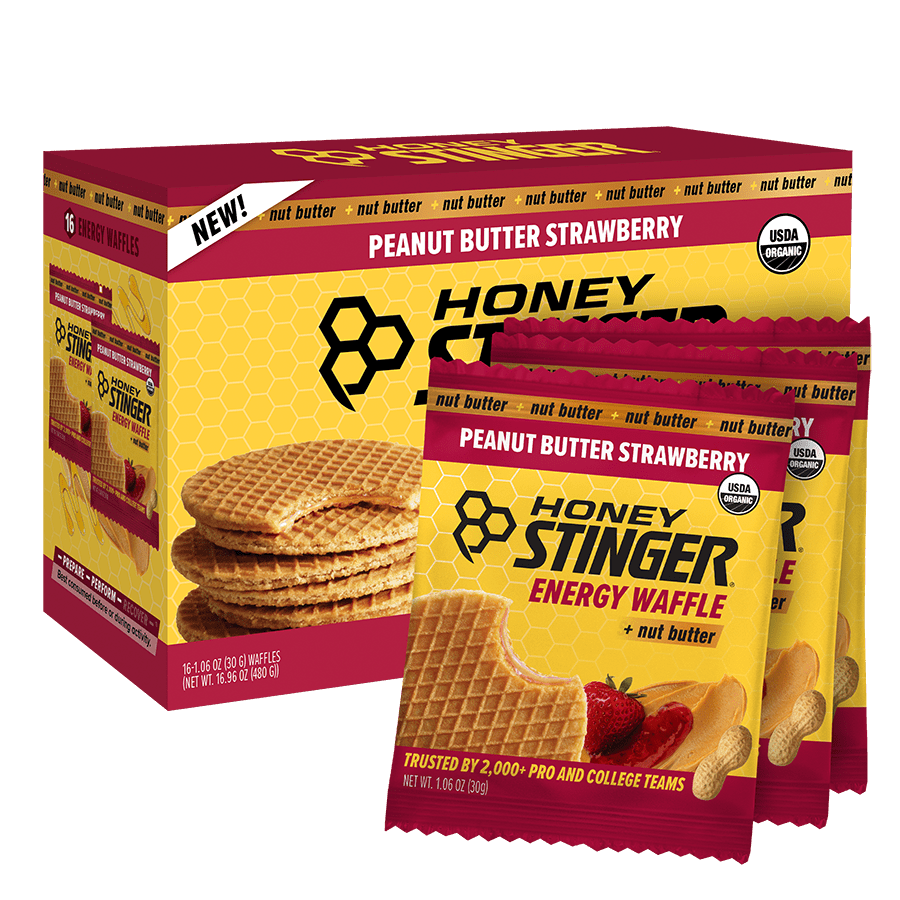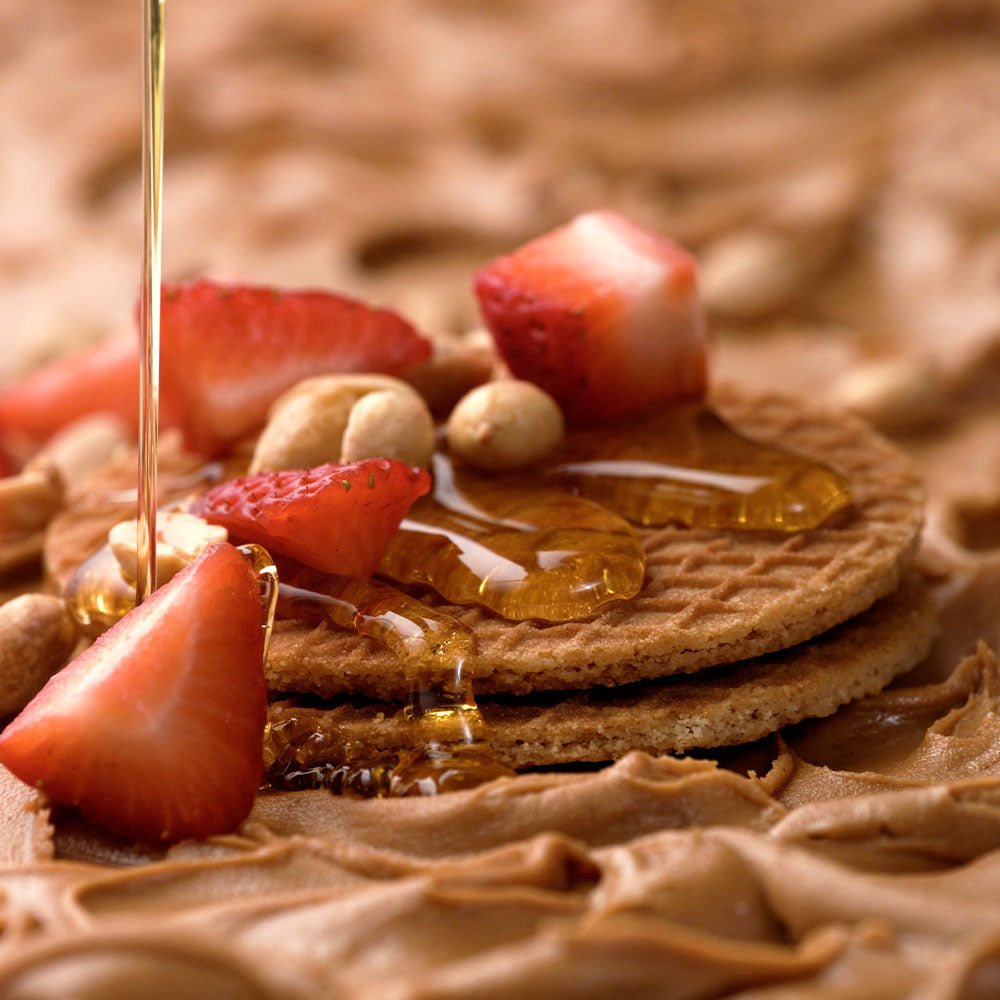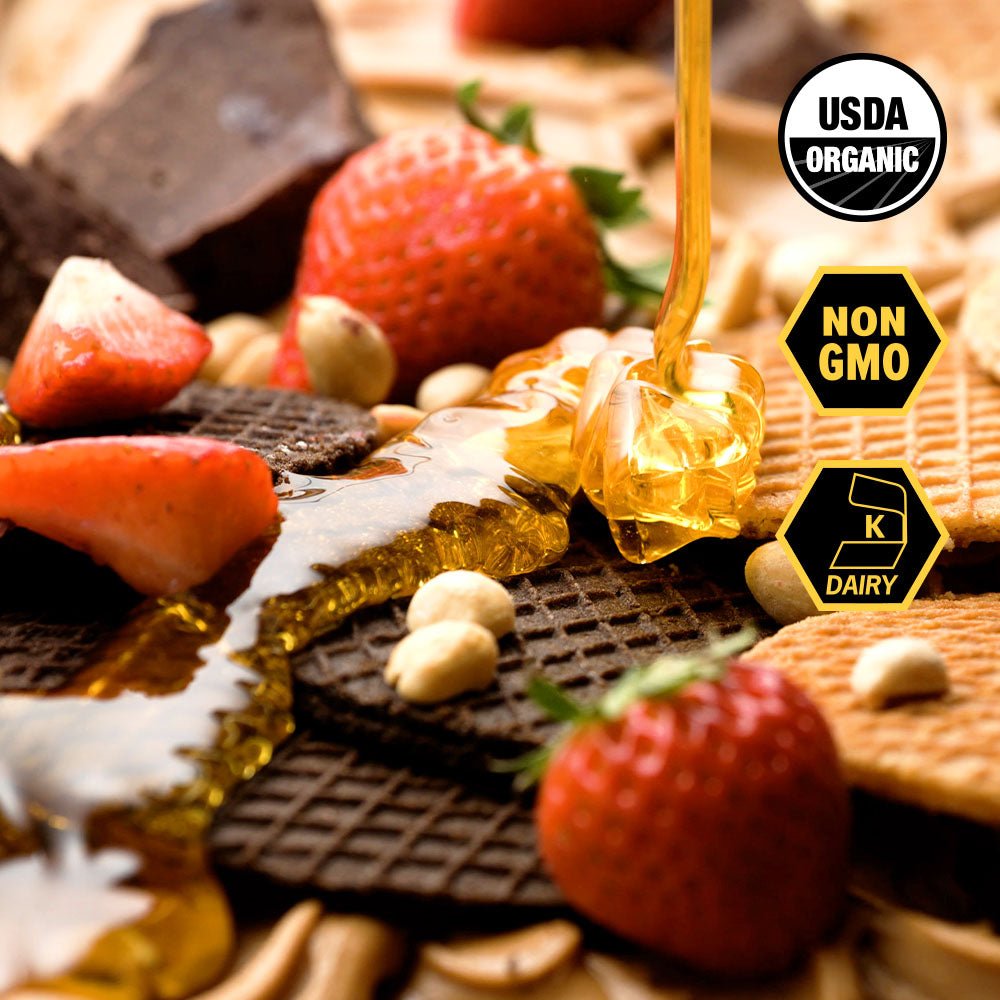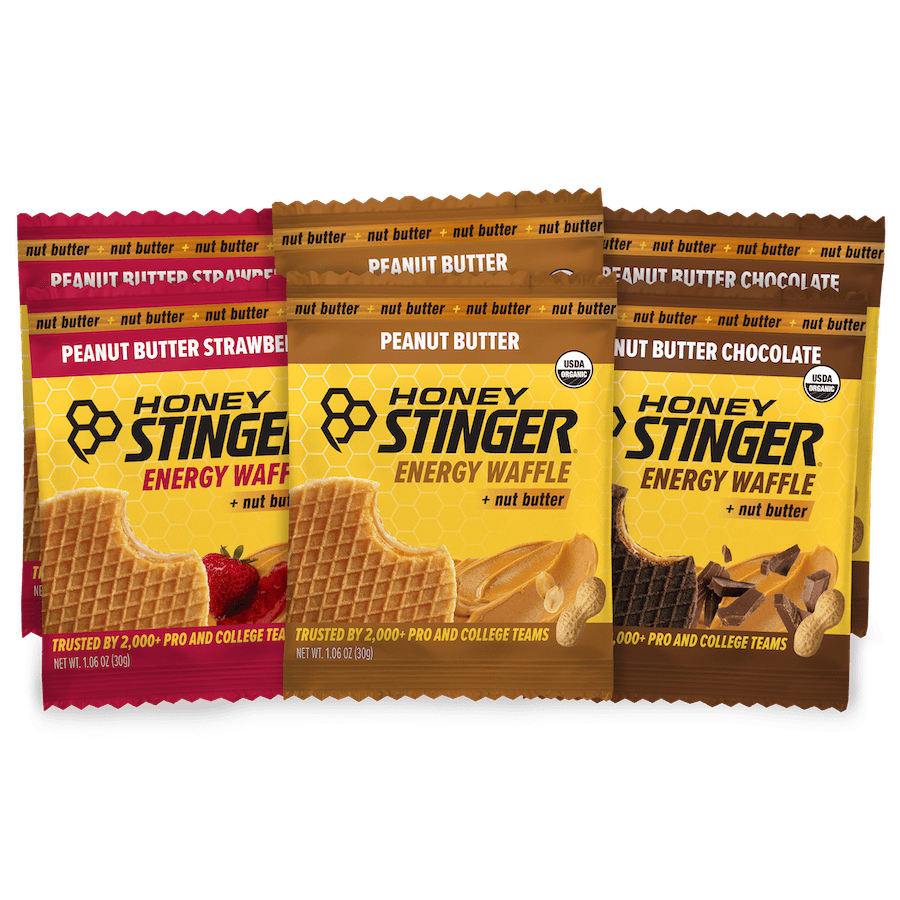From Nectar to Honey

Have you ever wondered where honey comes from? Most people know it comes from bees, but few people know how bees extract nectar from flowers and transform it into the honey that is found in your favorite Honey Stinger products. For National Honey Month, the National Honey Board breaks down the process for us.
Nectar Collection
The honey you eat originates from thousands of flowers and trees honey bees visit during spring, summer and fall. They search for food in the flowers to bring back to their family inside the hive. When they visit a flower, they collect a carbohydrate from the nectar and a protein from pollen.
The Honey Sac
The nectar is extracted straight from the flower and put into the honey bee's second stomach called the honey sac. Inside this sac, enzymes break down the sugars from the nectar into fructose and glucose, two simple sugars honey bees digest easily.

Transfer from Bee to Hive
Once the honey sac is full, the bee returns to the hive.  They then pass the nectar by mouth to multiple bees for about 20 minutes. During this process, new enzymes are being added, further converting the nectar into honey.
The Final Step to Honey
The next step is depositing the nectar into the honeycomb, which the bees naturally build. The bees use their wings to evaporate the liquid from the nectar. At 17% water, we have honey, an all-natural and stable ingredient that the bees create and use for food. Honey bees naturally produce more honey than they need. One of the most important jobs for a beekeeper is taking only the excess honey from a hive. The extra honey extracted from a hive is the honey used in Honey Stinger products!
Shop our Best Selling Honey Waffle Box of 16
Read Parts 2 and 3
